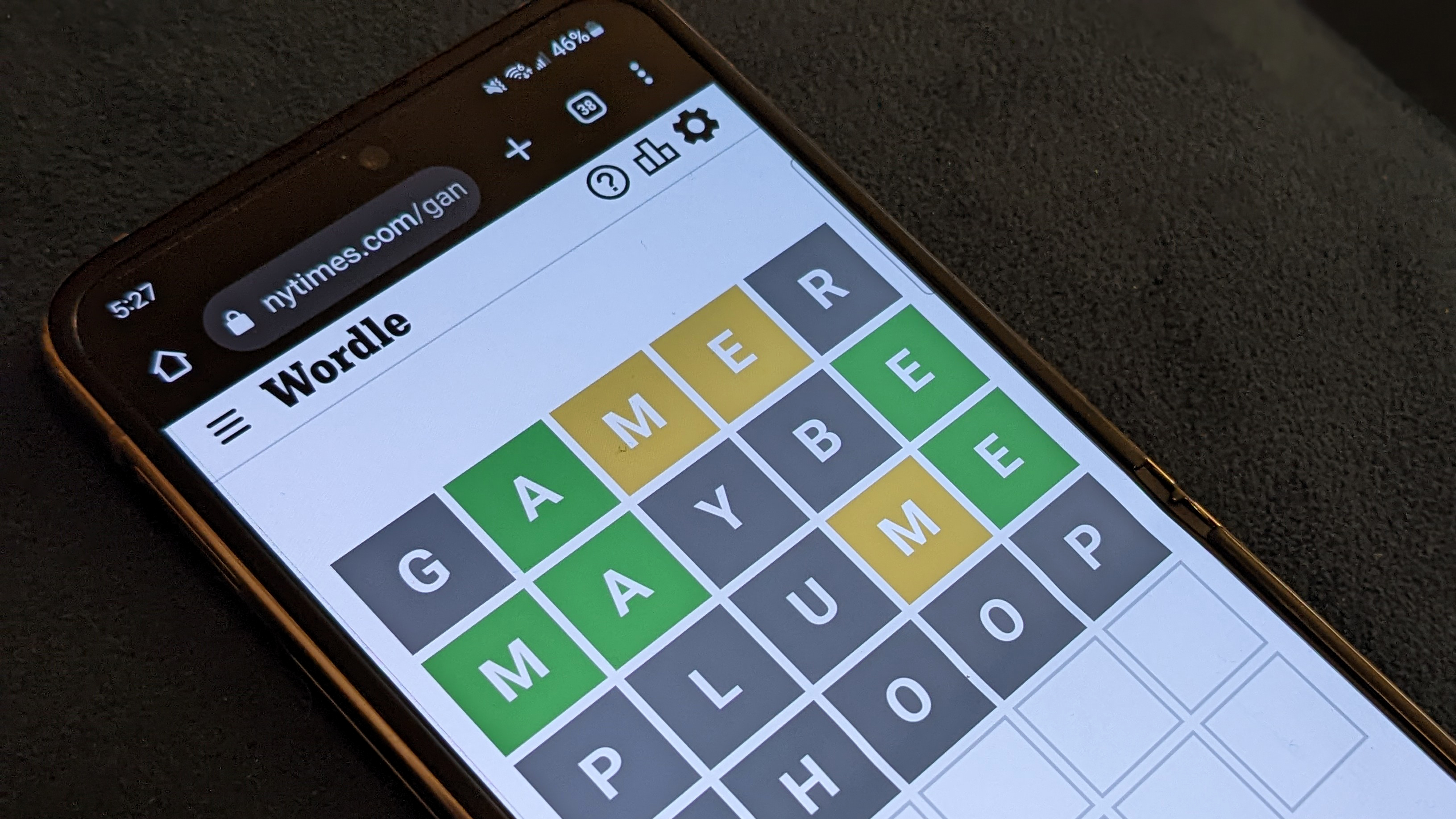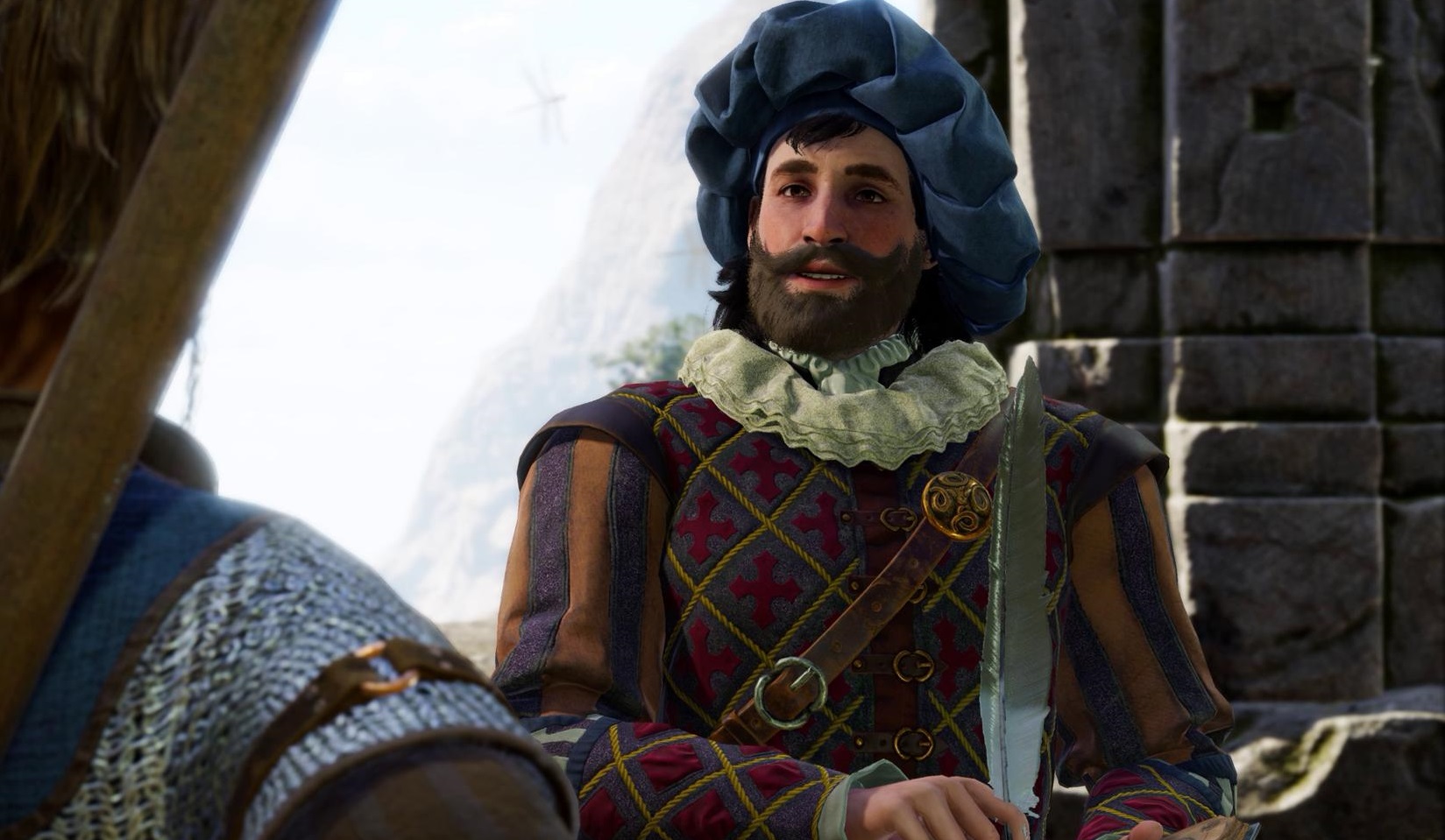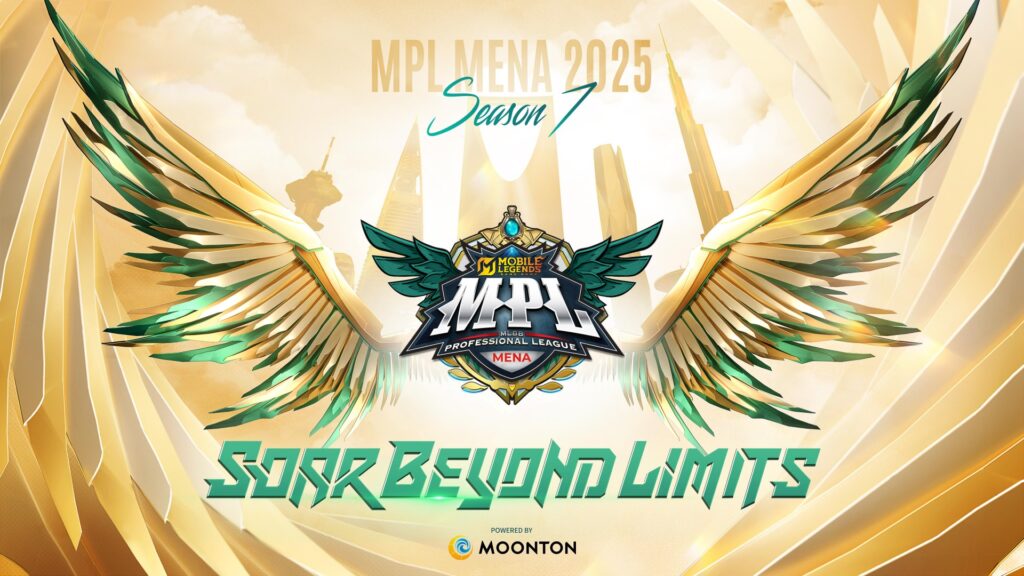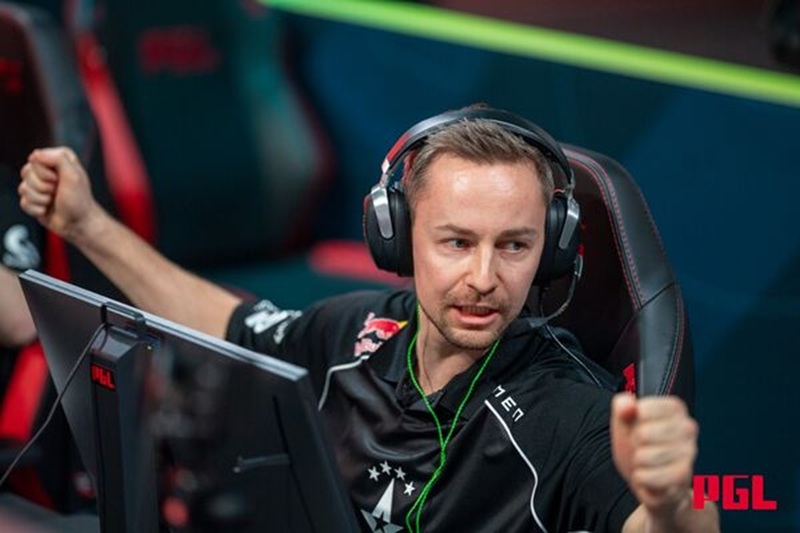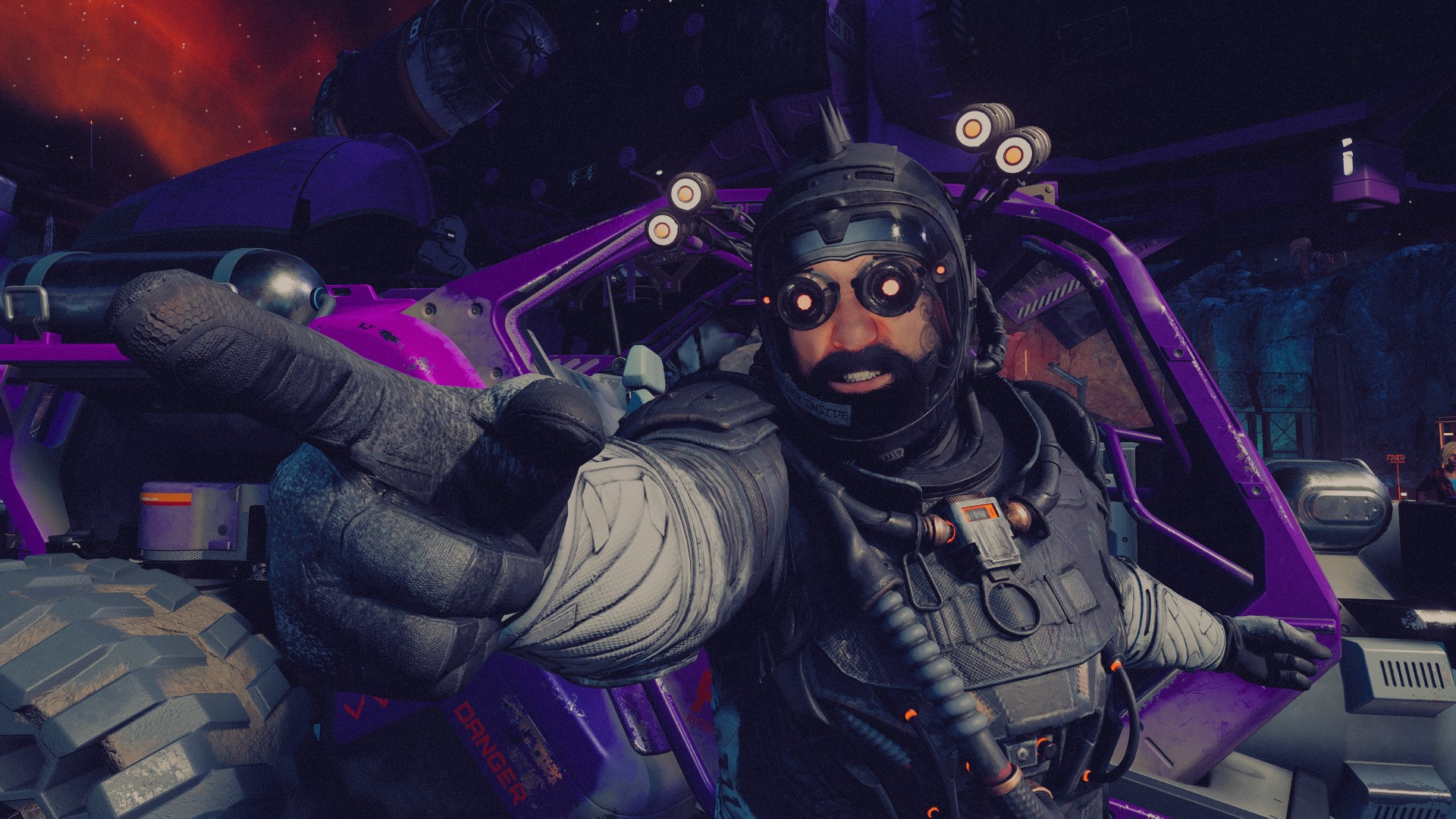
Shattered Space is damned by its disinterest in addressing Starfield's failings.
My biggest bone to pick with Starfield was its timid vision of the future. The squeaky clean corridors of New Atlantis did less for me than the crime-riddled backwater of Riften, and on the average planet, points of interest were spread so thin I felt like I was bushwhacking through miles of desolate space just to find something memorable.
What is it? The first expansion for Bethesda’s space exploration RPG, complete with a fractious cult to investigate and their newly explorable homeworld
Expect to pay $30
Developer: Bethesda Game Studios
Publisher: Bethesda Softworks
Reviewed on Windows 11, NVIDIA GeForce RTX 3060 Ti, Intel Core i7-12700F, 16 GB RAM
Multiplayer? No
Out: Sep 30, 2024
Steam Deck: Unsupported
Link: Official site
I didn’t hate the game, though—it inherits the strengths of Bethesda’s previous hits and restores some of the RPG meat I missed in Fallout 4—which is why I went into Shattered Space with some anticipation. A mysterious, ’70s horror-tinged Great Serpent cult is a mite more colorful than Starfield’s muted “isn’t space neat” baseline, and maybe a more focused experience would allow me to put down the machete and see the potential that Bethesda had previously spread too thin.
Unfortunately, I think this DLC had the opposite effect on me. The stage is set to dazzle: it’s a handcrafted zone densely packed with quests and NPCs with competing interests. There are new weapons to find, unique enemies to use them on, and a fresh narrative far from the shackles of the glib main story. I was locked in for this sandbox to come to life, but instead Shattered Space delivers a bland stew of business as usual. It’s largely on rails, light on substance for the price, and committed to a narrative I’m already forgetting the details of.
The elephant in Va’ruun
The high points in Shattered Space are the new environments and worldbuilding on headlining planet Va’ruun’kai. After exploring a derelict space station crawling with vortex phantoms—which is what Starfield calls ghosts when they are made out of science—you’re thrust into the political mire of House Va’ruun, a cult that worships a serpent god largely unexplored in the main game. The requisite temples and zealot hideouts are suitably atmospheric, and I spent more than a few minutes gawking at the gorgeous skybox from different angles in photo mode.
This insular theocracy’s ruling families have no love for outsiders, but you’re the main character in a Bethesda game, so no named faction can go un-joined. But even though these sorts of quests tend to shine in Fallout and The Elder Scrolls, Va’ruun’s mystique wears off once you settle into the rhythm of its storylines.
In one quest, I had to track down a man’s missing son. After finding his camp, I saw footprints and blood, and so I followed what seemed to be the direction he went. A few minutes later I realized I needed to manually interact with the environmental clues at the camp to trigger the next part of the quest. So I went back, satisfied the conditions, and my character quipped back to my companion that we’d have to do this the old-fashioned way. Then my scanner marked in my field of view exactly where I needed to go and drew arrows along the road to ensure I could find it. I was almost roleplaying there for a second.
(Image credit: Bethesda)
(Image credit: Bethesda)
(Image credit: Bethesda)
(Image credit: Bethesda)
(Image credit: Bethesda Softworks)
Later I found a door. It was locked. Next to that door was a computer. I opened it up and there was a big button that said “open door.” I hit the button, and it opened the door. That was it. Does that qualify as a puzzle? An obstacle? A captcha? Whatever it was, it felt like the game itself was going through the motions, and that feeling weighs Shattered Space down at the best of times.
This haunts the narrative, too. For a brief moment, a couple characters posture about the relationship between religion and science in an age where humanity has abandoned its home planet and become dependent on its own technology; and then they snap out of it like a bad dream, pointing me toward the next objective marker before anyone can take a meaningful stance. Just like the base game, Shattered Space proves too gunshy to tip the status quo of its world in any direction. At the end of the expansion’s main mission you can make a monumental choice with huge theoretical implications, but they stay theoretical and you don’t see anything play out. Every new idea amounts to little, and what’s left just reminds me why I didn’t care for Starfield in the first place.
All my favorite memories of Skyrim, Oblivion, and Fallout 3 are of things I found by myself off the beaten path. Starfield’s beaten path remains as underwhelming as ever, and if you stray from it, you’re due for the same old disposable brawls and stiff, superficial dialog. When you do find them, random encounters are so cookie cutter they end up feeling like content for content’s sake.
Starry-eyed
The things I had the most fun with in my playthrough were added in free patches a long while ago, not unique to Shattered Space. The new rover mount makes trundling over space rocks quicker and more satisfying, and access to an in-game mod menu adds a whole world of customizability with no fuss. These additions address real problems with the base game and make the whole package better as a result. Shattered Space, on the other hand, doesn’t move the needle an inch. I want to be absorbed by this world, but I’m still wrestling with a messy UI, talking with expressionless characters as they glitch through tables, and once I’ve wrapped up, returning to my ship that I rarely have a reason to take anywhere.
(Image credit: Bethesda)
(Image credit: Bethesda)
(Image credit: Bethesda)
(Image credit: Bethesda)
I love the other Bethesda RPGs I mentioned despite prominent shortcomings. Skyrim’s lite-RPG concessions leave much of its action disposable and Fallout 4’s dialog trees are infamously austere, but occupying those meticulously crafted worlds is worth overlooking those things. I continually regard Starfield the opposite way: it’s a game that, despite robust systems and impressive technology, just can’t pull me into its banal setting and humdrum firefights.
Bethesda’s marketing hype insists on the novelty of the game’s “NASApunk” identity and promised this expansion would build that out, but I remain unsold. It’s not innovative enough to be confused for NASA, and it doesn’t say enough to be confused for punk. Shattered Space drew the most emotion out of me when its occult houses reminded me of Morrowind, a world that feels substantially more alien and provides the player more agency without a single starship on offer.
Shattered Space delivers a few more hours’ worth of the game you’re familiar with. If, like me, you’ve been waiting for Starfield to go boldly where it hasn’t gone before, you’ve got some more waiting to do.

